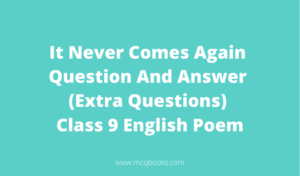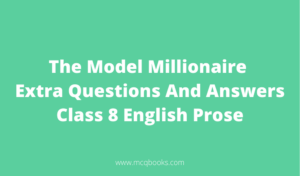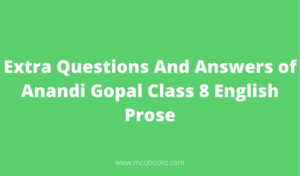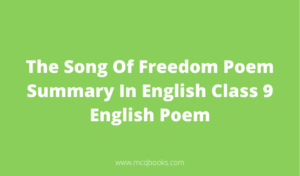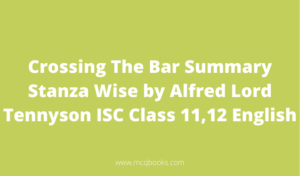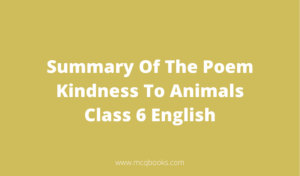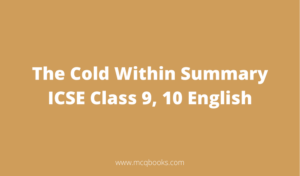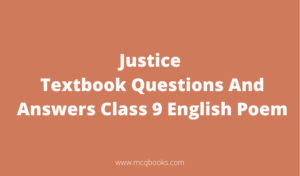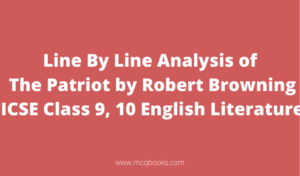Line By Line Analysis Of The Gift Of India ISC Class 11, 12 English
English is a difficult subject for many people to learn. Some students may become frustrated and give up, but here’s Line By Line Analysis Of The Gift Of India ISC Class 11, 12 English to help you maintain your momentum! This Line By Line Analysis Of The Gift Of India will provide all necessary information needed in order to study ISC Class 11, 12 English successfully at home or school; it includes detailed grammar rules with examples that were used during today’s class discussion on the ISC English language paper.
The Line By Line Analysis Of The Gift Of India in English, ISC Class 11, 12 makes it easier to understand the story. Understanding every detail of a story is important for scoring higher on an exam and expert writers have made sure that you know how everything flows together by summarizing perfectly!
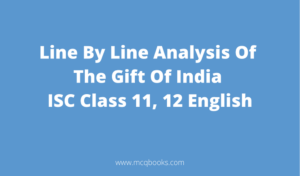
Stanza One
Is there aught you need that my hands withhold,
Rich gifts of raiment or grain or gold?
Lo! I have flung to the East and West
The poem opens on a first-person note where Mother India asks a rhetorical question. The speaker addresses the erstwhile Britishers who ruled India. In this line, we find out how over the centuries, the British snatched away many precious things from Mother India- her precious clothes, grains, and gold. With a clear indication to the lost lives of her sons on foreign lands, she exclaims ‘ Lo! I have flung to the East and West’.
Priceless treasures torn from my breast,
And yielded the sons of my stricken womb
To the drum-beats of duty, the sabres of doom.
Personifying Mother India, the poet says that her precious sons, who are priceless than the worldly jewels were “ torn from my breast”. She has sacrificed her sons to the ‘drum-beats of duty’ in the foreign land which has left herself empty from within. Those soldiers fought bloody wars with weapons, even without knowing for what cause they were fighting.
Stanza Two
Gathered like pearls in their alien gravès
Silent they sleep by the Persian waves,
Scattered like shells on Egyptian sands,
The poet here offers a brilliant images by similes to commemorate the sacrifices made by Indian soldiers during World War I. The soldiers who were as precious as pearls were brutally killed and buried in graves by the shore of Persia( presently Iran). Those who laid down their lives in Egypt were found scattered on sands as shells are found on sands.
They are strewn like blossoms mown down by chance
On the blood-brown meadows of Flanders and France.
The Indian soldiers with pale brows and broken hands lie dispersed like flowers on the blood-brown meadows of Flanders ( Belgium) and France. The blood of the soldiers coloured the fields red.
Stanza Three
Can ye measure the grief of the tears I weep
Or compass the woe of the watch I keep?
Or the pride that thrills thro’ my heart’s despair
Again employing a rhetorical question, Mother India asks the then rulers if they could ever gauge the tears of her grief and know the extent of her pride over their bravery, the pride that makes her forget the despair.
And the hope that comforts the anguish of prayer?
And the far sad glorious vision I see
Of the torn red banners of Victory?
In fact, she has a mix of feelings when she thinks of the sacrifices of her great heroes. She has a far sad vision of bloody flag wavering, claiming victory. The soldiers but they won a decisive victory for their masters.
Stanza Four
When the terror and tumult of hate shall cease
And life be refashioned on anvils of peace,
And your love shall offer memorial thanks
Here, the speaker concludes on a note of optimism clearly implied by the words “ And life be refashioned on the anvils of peace”. A day is not far when the whole earth would embrace peace and put an end to the violent commotion of hate, that is war, would come to an end. One day terror shall cease and the life will be remodelled with the new found peace.
To the comrades who fought in your dauntless ranks,
And you honour the deeds of the deathless ones,
Remember the blood of my martyred sons!
Mother India at last demands only one thing – the brave acts of our Indian soldiers would be acknowledged and remembered with gratitude. The coming generations would remember those who laid down their lives, fighting with sheer bravery in the alien lands attaining martyrdom.

